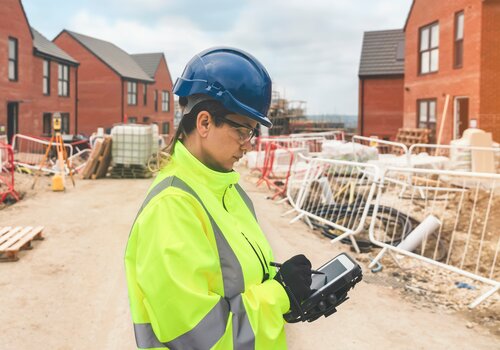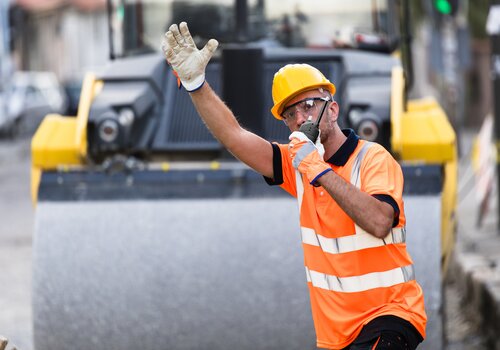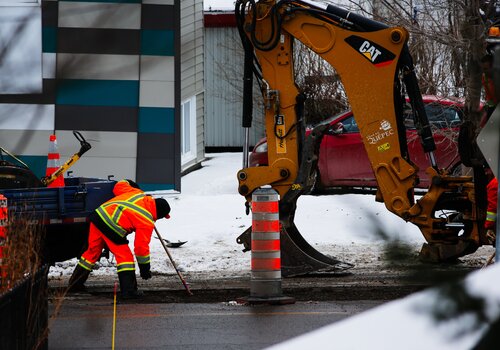Paving at night can be a challenging task, but with the right safety measures, contractors and construction workers can ensure a smooth and safe operation. Working in low-light conditions requires extra precautions to protect everyone on the job site. Here are some essential nighttime paving safety tips that you can start using immediately.
Importance of Nighttime Paving
Nighttime paving is often necessary to minimize traffic disruptions and take advantage of cooler temperatures, which can be beneficial for certain types of asphalt. However, the reduced visibility and increased fatigue can pose significant risks. Understanding these challenges and preparing for them is crucial for a successful nighttime paving project.
Worker Safety
Safety is the first consideration to take when taking on nighttime paving projects. Use these approaches to keep people safe first:
- Fatigue Management: Night shifts can be tiring. Implement a schedule that allows for regular breaks and rotation of workers to prevent fatigue. Encourage workers to rest and stay hydrated.
- Training: Provide training on nighttime safety protocols. Workers should be aware of the specific risks associated with nighttime paving and know how to mitigate them.
- Buddy System: Encourage workers to look after one another by using the buddy system and working together. This ensures that someone is always available to assist in case of an emergency.
Emergency Preparedness
- First Aid Kits: First aid kits should be available to everyone. Workers should know the exact location of these kits and how to use them.
- Emergency Contacts: Have a list of emergency contacts, including local hospitals and emergency services. Quick access to these contacts can be crucial in case of an accident.
- Evacuation Plan: Develop an evacuation plan for the work zone. Workers should be familiar with the plan and know the quickest routes to safety.
Lighting and Visibility
- Adequate Lighting: Ensure the job site is well-lit. Use portable light towers to illuminate the entire area, including the paving equipment, materials and work zones. Proper lighting helps workers see clearly and reduces the risk of accidents.
- Reflective Gear: Equip all workers with the right PPE, like high-visibility, reflective clothing. This makes them easily noticeable to equipment operators and other workers, enhancing safety.
- Marking Work Zones: Clearly mark the boundaries of the work zones with reflective tape or cones. This helps in defining safe areas and guiding traffic around the site.
Traffic Control
- Traffic Management Plan: Develop a comprehensive traffic management plan that includes detours, signage and barriers. This helps in directing traffic safely around the work zone.
- Flaggers: Use trained flaggers to control traffic flow. They should be equipped with reflective gear and illuminated signs to be visible to drivers.
- Advance Warning Signs: Place advance warning signs well before the work zone to alert drivers of upcoming construction. This gives them time to slow down and navigate safely.
Environmental Considerations
- Noise Control: Nighttime work can be noisy and disruptive to nearby residents. Use noise-reducing equipment and techniques to minimize the impact.
- Dust and Emissions: Control dust and emissions by using water sprays and maintaining equipment. This helps in keeping the air quality safe for workers and the surrounding community.
- Waste Management: Properly manage waste and debris to prevent environmental contamination. Ensure that disposal methods comply with local regulations.
Nighttime paving requires careful planning and execution to ensure the safety of all workers and the efficiency of the project. By implementing these tips, contractors and construction workers can navigate the challenges of nighttime work and maintain a safe and productive environment. Remember, safety is a collective responsibility, and everyone on the job site plays a crucial role in achieving it.
Photo credit: SHUTTERSTOCK.COM/HAZLI












